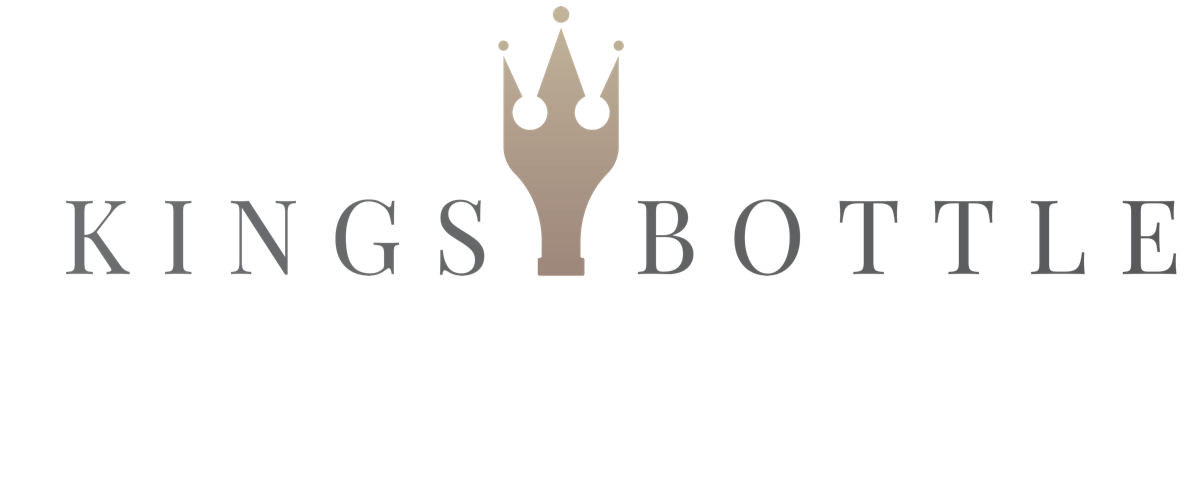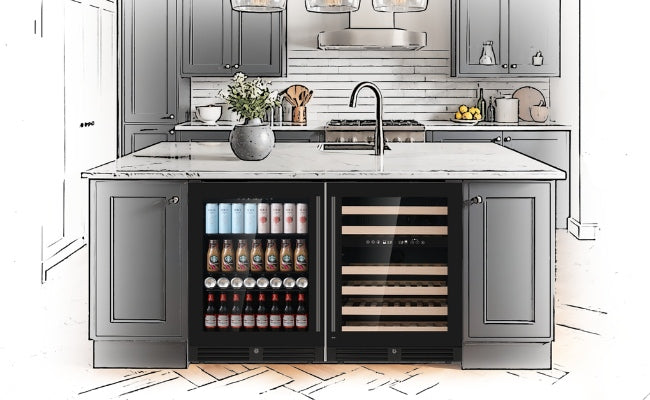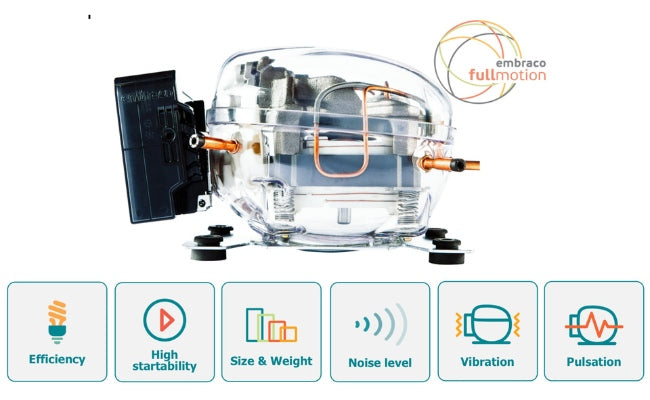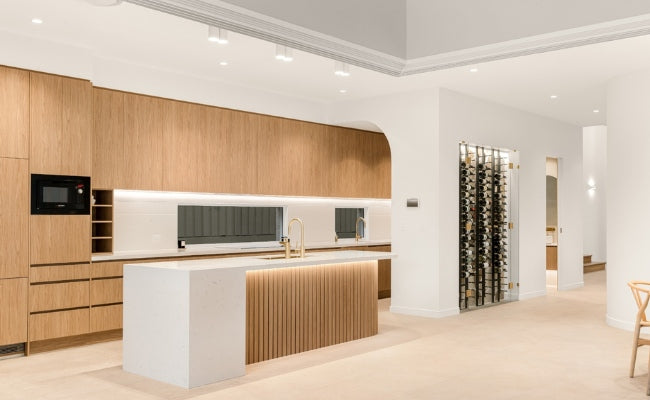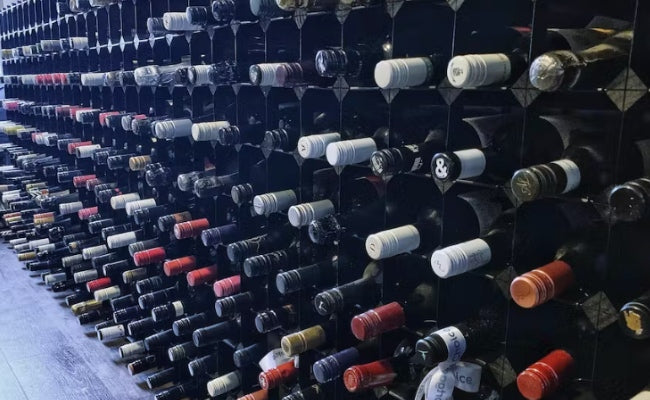Top 6 Mistakes & Solution While Buying Under Counter Wine Fridges
Whether you collect your favorite wine as an investment or for pure enjoyment, a well-designed wine storage system will ensure that your wine develops and ages appropriately. But not all wine storage products are manufactured equal. Several complex factors buy under counter wine & beverage fridges, such as cooling capacity, quality of insulation, and storage space.
To help you choose the right under counter wine fridges for your collection, we've listed some of the most common and silly mistakes most people make when shopping. Even better, we've compiled tips to help you avoid these pitfalls.
Mistake #1: You buy a wine cooler even though you need a wine cabinet (yes, there are differences!).

You bought an under-counter wine fridge because of its low price, and it seemed to work perfectly. Until you pick up a bottle, you have been storing it for a few years and notice that some wine has leaked out of the cork, which has become dry and brittle.
Wine coolers are designed to chill wine to appropriate serving temperatures for short periods, ignoring humidity and creating a relaxed indoor environment.
While humidity is not essential when storing wine for a few months, it is necessary if you plan to keep wine bottles for an extended period. The corks need to stay moist so they don't dry out and become brittle. Otherwise, air will enter the bottle, and the wine will leak.
On the other hand, refrigerated wine cabinets typically keep the internal environment between the temperature 55°F and 60°F, the ideal range of temperature for storing and aging wine, while maintaining humidity in the perfect range of 60-70%.
Solid-built under-counter wine fridges also provide the dark, undisturbed environment necessary for the proper storage and aging of fine wines for months, years, or even decades.

How to avoid mistake #1?
Understanding the differences between a cooler and a cabinet will help you buy the right solution for your goals and lifestyle. If you are searching for under-counter beverage refrigerators to cool wine for a few days or months quickly, a wine cooler is the right choice. However, if you plan to collect and store wine, you need wine refrigerators to provide stable storage conditions.
Mistake #2: Buying an under-counter wine fridge with shelves that don't fit your bottles.
You put a beautiful cabinet in the house and turn on the refrigeration system. But when you go to put a precious bottle on the shelf, it won't fit.
This frustrating situation happens because the "standard" wine racks that many coolers and cabinets come with are not large enough for certain types of bottles.
Standard wine racks have 3.25 to 3.5-inch slots, perfect for most Cabernet Sauvignon and Bordeaux bottles. Large format bottles such as Pinot, Burgundy, and Champagne will not fit in these slots and usually require 3.75-inch spaces (or larger).
How to avoid mistake #2?
Before you buy an under-counter beverage refrigerator, check that its wine racks can accommodate large-sized bottles. In addition, try to get as many 3.75-inch slots as possible so as to store the larger bottles becoming more popular and common.
Even if you don't plan to store and age wines such as Burgundy or Champagne now, it's wise to provide yourself with flexibility for the future. Don't limit yourself to collecting Cabernet Sauvignon and Bordeaux wines.
Mistake #3: Choosing cabinets with inadequate insulation.
Your refrigeration unit seems to be working fine, but it's constantly running. And when you check the ideal temperature inside your cabinet, the conditions are over 60 degrees Fahrenheit. Why isn't it cool enough inside?
Even the most sophisticated under-counter beverage refrigerator will not keep your wine at the optimum temperature if your cabinet is not correctly sealed and insulated. Inadequate or substandard insulation can allow external heat to affect the cabinet's internal temperature, causing the cabinet temperature to rise above the desired 55-60°F range.
To compensate for inadequate insulation, the refrigeration unit inside the cabinet must continuously maintain the desired temperature. This additional load consumes more power, causes other noise in your home, and shortens the expected life of your cooling equipment.
How to avoid mistake #3?
When considering buying an under-counter beverage refrigerator, pay attention to the insulation properties. As there is no specific thing as too much insulation, view the conditions in which the cabinets will be used. If the environment is temperature-controlled, you can probably make the mistake of putting less insulation and/or glass in the cabinets to show off the bottles inside.
However, if the environment is not controlled, remember that the higher the temperature outside the wine cabinets, the more influential the quality and quantity of insulation used to protect your wine collection.
Mistake #4: Let a noisy cooling system ruin your peace of mind.
The cooling unit of your under-counter beverage refrigerator is most often running when you are awake, and the noise is disturbing you. A noticeable humming, buzzing, or buzzing sound can be very annoying.
Depending on the ambient temperature, the cooling unit may need to run for up to 16 hours a day. Therefore, noise is an essential factor when choosing a refrigerated wine cooler.
All cooling and refrigeration units produce some noise, from the barely noticeable to the annoyingly intrusive. If you plan to keep the fridge in your home, make sure the cooling unit is not too noisy.
How to avoid mistake 4?
Check the noise level of the under-counter beverage refrigerator you are considering. Read through the product information to find objective facts about the unit's sound, measured in decibels. Do not rely on quality ratings or claims such as "very quiet" or "no noise" that are not backed up by numbers.
Mistake #5: Waiting until after purchase to specify placement requirements.
You have purchased a stunning under-counter beverage refrigerator that will fit perfectly into your home's decor." You can lean it against the dining room wall," you think. Only the ceiling is too low to give the cupboard the clearance it needs.
Clear space is needed above or behind the wine fridge to exhaust air from the refrigeration unit to escape and provide fresh air for the refrigeration unit to cool itself. Most wine cabinets require 6 inches of free space behind the cabinet. Some wine cabinets can be mounted directly against the wall, but there should be sufficient space above them.
If you decide to return your under-counter beverage refrigerator, be prepared for shipping costs. This cost can be high depending on the size of the wine cabinet, your location concerning the warehouse to which the wine cabinet is being shipped, and any restocking fees.
As returning a cabinet can be very costly, it is worth taking two measurements to ensure that the cabinet will fit and can be maneuvered to its destination.
How to avoid mistake #5?
Familiarise yourself with wine cabinet placement requirements. Use a tape measure to check that there is sufficient space in the wine cabinet area to allow the refrigeration unit ventilation.
Mistake #6: Failure to read the fine print in the Return and Warranty Policy.
You know that a 5-year warranty covers your cabinet. That's why you're disappointed when your under-counter beverage refrigerator needs repair, even if it happens long after you've bought it and it turns out that you have to pay for the service and replacement yourself.
The terms of the warranties provided by various companies can vary widely. It is worth knowing what is covered and what is not.
For example, does the insurance cover the labor costs for replacing parts or only the replacement parts? If a refrigeration unit fails and you need to send it in for repair, will your manufacturing company send a temporary replacement in order to protect your collection while another team is repaired?
Some companies cover only the compressor and do not include labor, while others cover all parts and work for the specified warranty period.
How to avoid mistake #6?
When purchasing, be sure to review the cabinet's warranty policy, including the warranty for the cooling unit if it is separate. If you still have questions, ask what parts are covered, if labor is covered, and for how long.
Some manufacturers, like Kingsbottle, offer an extended warranty that covers internal repairs and shipping costs in case your wine cooler needs repair. To save yourself from potential mechanical issues, consider purchasing the extended warranty offered by the manufacturer.
Let's Wrap Up:
Buy Under Counter Wine & Beverage Fridges/Coolers that will grow with you. While you're looking for the right size for your collection, choose a model that can hold not only the bottles you currently own but also additions to your wine collection.
